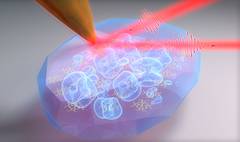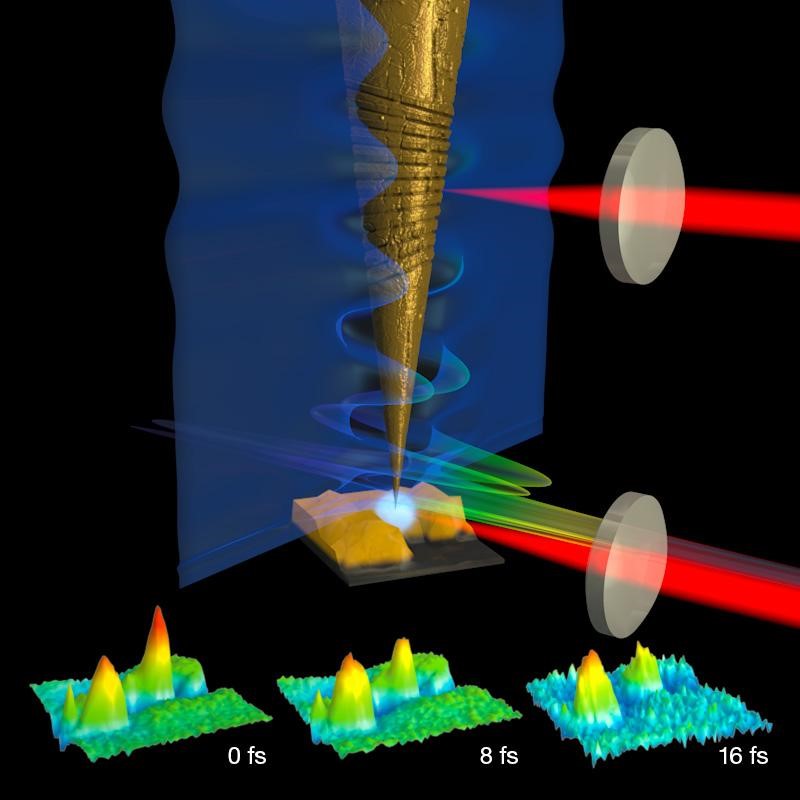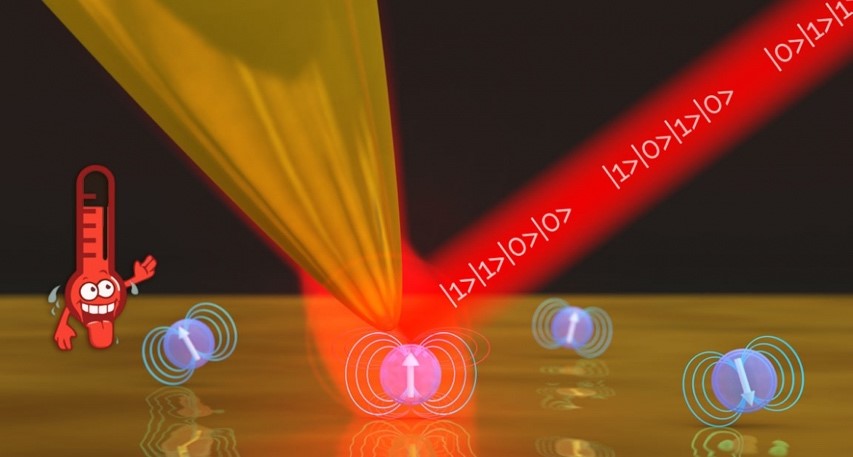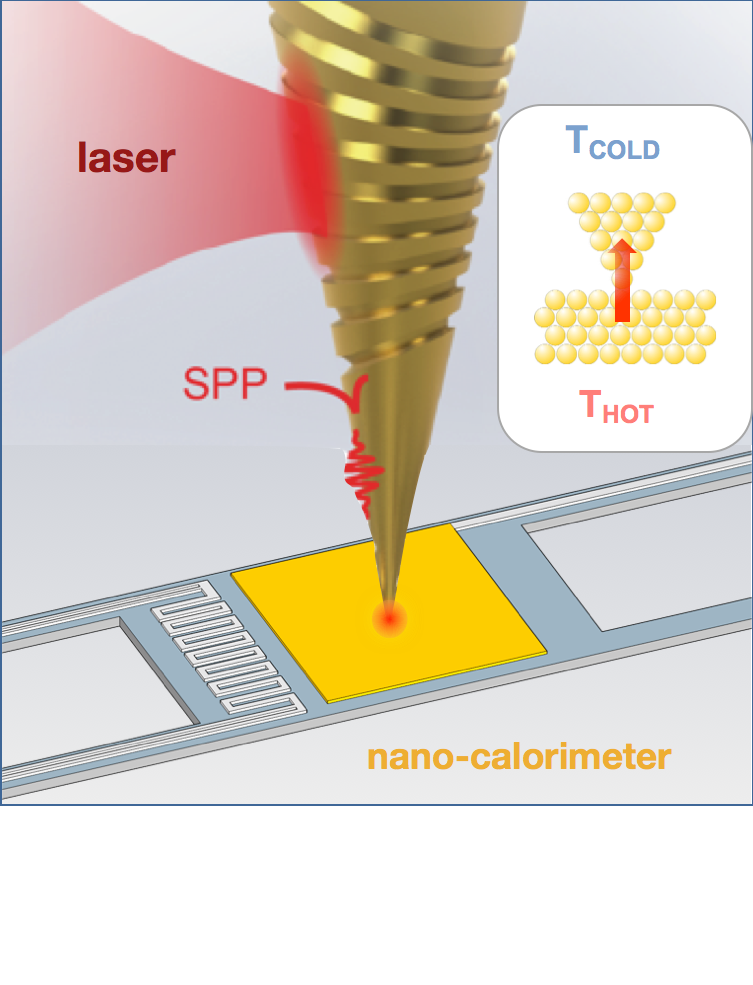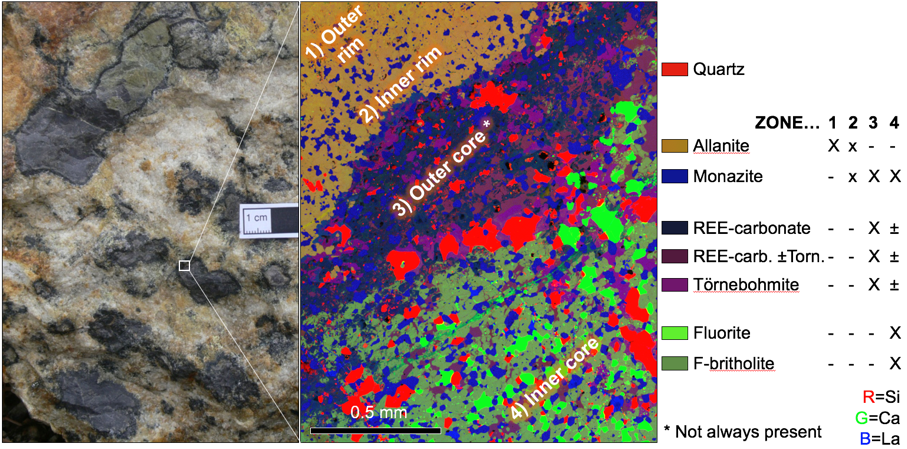The Raschke nano-optics laboratory:
We pursue quantum nano-physics based on the spatial localization of light with atomic and femtosecond precisionfor applications ranging from spatio-temporal imaging of quantum dynamics to quantum sensing and metrology.
Our research is at the interface of atomic, molecular, and optical physics, laser science, condensed matter physics and chemistry. Imaging and controlling matter on its natural length and time scales of the elementary interactions that define its properties and functions will allow for targeted design of novel optical, electronic, and quantum materials.
Nanoscale imaging and control
The tip of a scanning probe microscope can act as an optical antenna, localizing light at the tip apex. which allows for nanometer to atomic scale optical imaging. Building on many of our developments in the field of optical nano-imaging we study molecular, quantum, and novel 2D materials to unravel the complex many body physics that underlies the function of these materials at their elementary scales. We continuously extend spatial resolution, spectral range and precision across the THz to optical range under controlled environment and at cryogenic temperatures. This allows us to address outstanding problems in competing molecular phases and self-organization in molecular electronics, single molecule physics, novel quantum phases in 2D heterostructures, and novel nano-photonic and photophysical systems. Recent projects also include the extension from passive imaging to active control incorporated from multi-modal nano-optomechanical imaging to computational and adaptive nano-imaging.
Ultrafast nano-imaging
In combination with ultrafast, nonlinear, and coherent optical spectroscopies we pioneered imaging the coupled quantum dynamics of elementary excitations of electrons and atoms in molecular and quantum materials in real time and space. Using a range of coherent nonlinear and pump-probe techniques we image with simultaneous nanometer spatial and as high as few-fs time resolution. With far-from equilibrium excitation and strong field control this enables us to unravel the complex many body physics that underlies a range of phenomena from novel quantum phases in 2D materials and their heterostructures to molecular photophysics of new energy materials.
Cavity nano-optics
With the extreme deep sub-wavelength spatial localization of light with our nano-tips we recently opened the new field of cavity nano-optics. In tip-enhanced strong coupling (TESC) we reach into a new regime of cavity QED that enables us to control quantum coherence and entanglement of a single emitter even at room temperature. Projects range from quantum state transfer using single quantum dots and defect states to vibrational opto-mechanics based on phonons in solids, whose single vibrational quanta in molecules have applications ranging from quantum state transduction and metrology to exploring novel forms of qubits.
Thermal nanophysics and nano-cavity clock spectroscopy
We probe decoherence and dissipation processes at the elementary level of electrons and phonons to explore the quantum foundations and fundamental limits of coherence. We aim to disentangle and isolate different loss channels and explore where many body interactions could protect coherence. With our new technology of nano-cavity clock spectroscopy (NCS) we can resolve and image competing radiative and non-radiative relaxation pathways to optimize quantum materials design. We are particularly interested in both classical and quantum coherence in thermal radiation and its finite size effects on the nanoscale, vibrational relaxations in molecular structures, quantum thermalization in electron fluids, and phononic control of polariton condensates.
Mineralogy and Geochemistry
Scientifically almost unrelated to the above, Markus Raschke has had a long standing fascination for minerals and mineral prospecting. This topic has become an active secondary research effort with a focus on rare earth and rare element mineralogy and associated igneous petrology and geochemistry to better understand, e.g., rare earth and rare element fractionation and enrichment in the formation of ore deposits. Geographic areas of interest are the Colorado Front Range, Washington Cascades, and Tibetan Plateau region. Research is pursued with both geology and physics students as well as collaborators worldwide.

